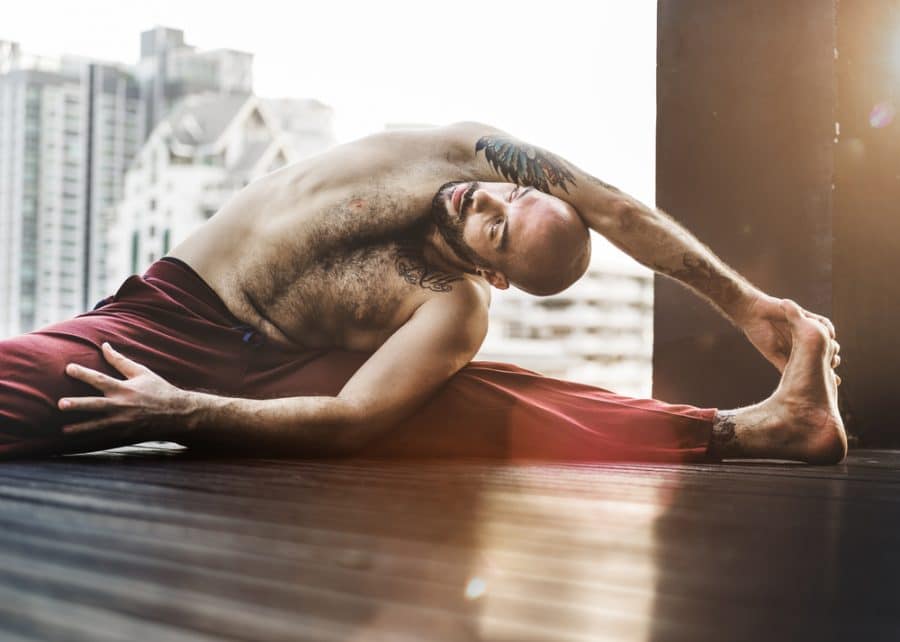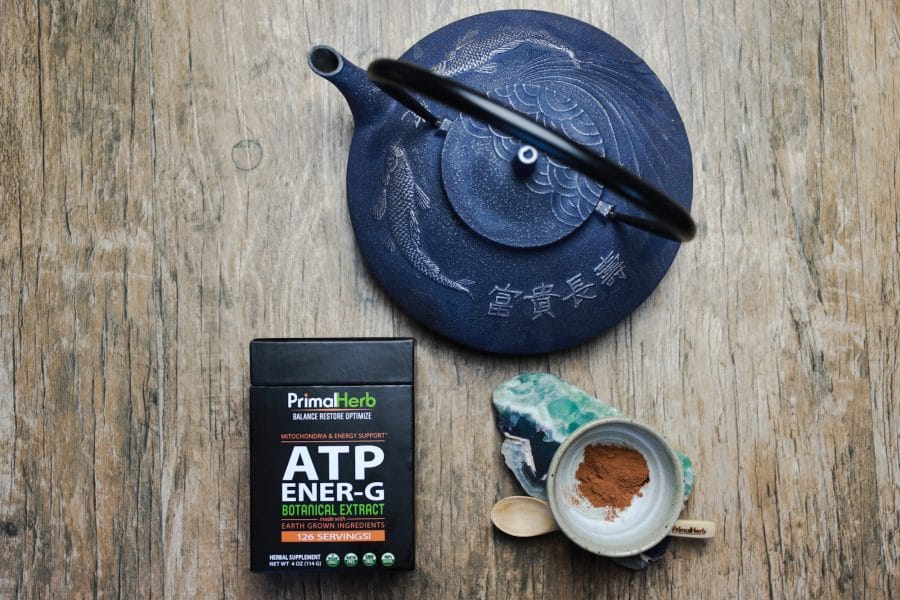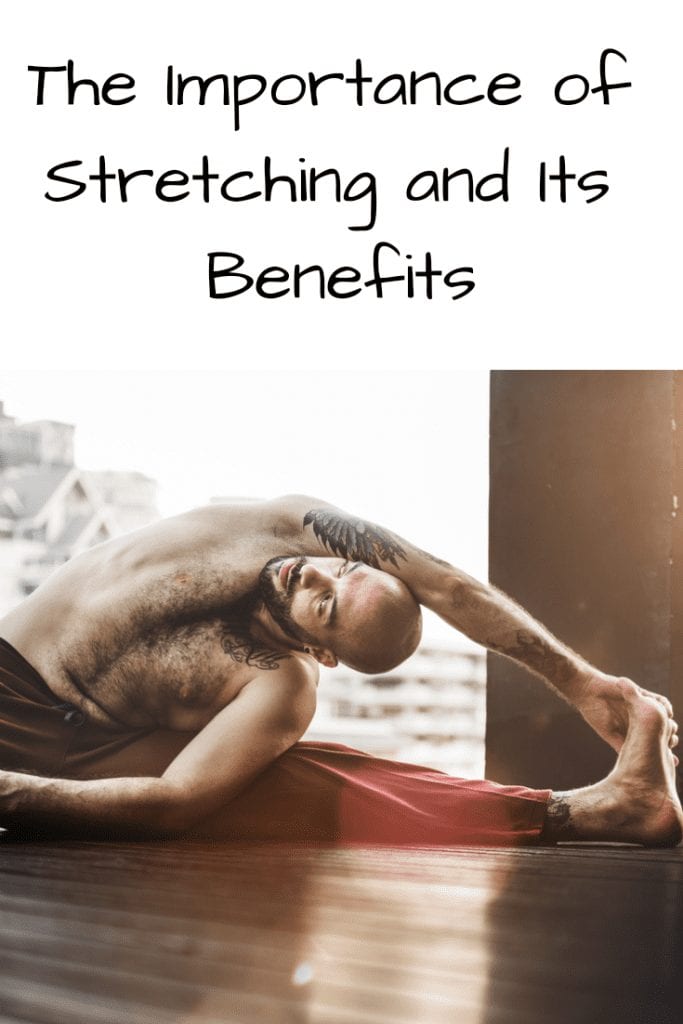The Importance of Stretching – Lower Your Risk of Pain and Injury
When we think of getting fit, we may think more often of jogging, hiking, weight lifting, or maybe even Zumba classes.
Rarely do we think of stretching as an entire field of physical fitness on its very own.
That is, of course, unless one is a huge fan of yoga—as many are—which is all about stretching, and an amazing way to keep fit.
Still, those who would consider themselves the most athletic among us might look down on stretching as a non-essential aspect of exercise.
But this is simply not true!
In fact, stretching has an incredible amount of benefits to the body. What’s more, it can enhance the way we exercise and make us even more physically fit and healthy in ways we may not realize.

THE SURPRISING HISTORY OF STRETCHING
Beyond the world of exercise, some of us might not even think about stretching in terms of it being a part of everyday life.
But apparently, stretching may be an unconscious part of our daily routines without us even being aware of it.
In fact, both humans and animals stretch. It’s very much an instinctive, sought-out physical action we perform. It makes us feel good and accomplishes a number of benefits and functions.
Think on the last instance of getting out of bed in the morning: stretching arms overhead, arching that back, and even yawning.
We all do it, right?
It’s not just a coincidence that we and many animals stretch this way without thinking—turns out it has very specific positive purposes.
WHY DO WE DO IT?
If we stretch without really being conscious of it all the time, then why do we do it?
Stretching is a way to specifically stretch not only muscles in the body. In the process, it also stretches out tendons, which are critical to increasing strength, mobility, and flexibility as well.
Most often, we’ll see people and animals doing it after sleep. That, or following long periods of relative inactivity, or being in a close-quartered space.
The reason why we stretch as a basic action is to restore movement, blood flow, and life back to our muscles, tendons, and limbs.
But as masters of stretching-based exercises and practices have long since learned, what seems like a simple physical habit is actually a powerful act of fitness that yields some amazing results for health.
Over the long term, this keeps bodies mobile and joints pliant and young.
THE MANY BENEFITS OF STRETCHING
Though stretching is a beneficial subconscious action that helps keep our bodies alive and youthful, it’s also actually a whole other powerful wellness practice in and of itself, too.
This is because its benefits to the body and well-being are way more powerful and important than we’d expect.
Plus, stretching is way overlooked and underestimated compared to other approaches to fitness, such as weight or HIIT training, jogging, swimming, and the like.
Sure, stretching won’t get the body to be nearly as in-shape as aerobic exercise on its own. Nor will it get people to be as muscular if they were to lift weights and build muscle directly.
Instead, think of stretching like the seasoning one puts on their food.
It’s not the most nutritious part, but it can add amazing health benefits and flavor that elevates food to a level it wouldn’t have ever reached without it.
When it comes to stretching, here are some of the reasons why it enhances overall fitness and takes one’s workouts to a whole other league:
IT IMPROVES MOBILITY AND FLEXIBILITY
The number one advantage of stretching well and often: it improves the body’s litheness, movability, and resilience.
Think about it this way: there are powerful trucks with V8 engines. Then there are powerful trucks with V8 engines and great suspension.
In short, stretching to improve flexibility makes it so the body can move more and withstand more exercises, mild or extreme, without too much additional wear and tear.
That ultimately means the ability to get even fitter than ever.
Certainly, the same strength, endurance, and agility is all there. But with stretching and improved flexibility, it can be taken even farther.
IT’S NOT JUST FOR BETTER ATHLETIC ABILITY…
Besides improving workouts and fitness, stretching helps with a whole lot more.
For one, it can improve how one deals with the physical demands of certain jobs or hobbies.
This includes agricultural work, construction, and any job involving heavy lifting. Long story short, stretching improves the strength of joints, which can aid any type of work that involves lots of leaning, bending over, or lifting.
The same also applies to hobbies and household jobs that involve the same: remodeling, gardening, and the list goes on.
This can especially be a benefit as people age: despite limited mobility with age, stretching is a way to ensure that one keeps the body mobile, active, and capable.
…THOUGH IT DOES BOOST ATHLETIC PERFORMANCE
Boosting flexibility and mobility together certainly has perks for both personal life and professional life.
Though it’s clearly got some appreciation among athletes.
Studies have actually proven that certain stretches can actually enhance athletic performance. Similarly, they’ve also shown that more acute, intense stretches are less helpful than subtler, gentler stretches.
Regardless, stretching is a widely accepted part of the warm-up or cool-down routines in a variety of competitive sports. Explore which types are the most helpful (and which are the least helpful) for one’s specific sport or activity.
IT BUILDS UP LEAN MUSCLE STRENGTH
Some people may consider weight lifting the clearly superior choice compared to stretching.
In a way, this is true—but not completely.
Stretching builds up strength in a different way: through tendons and joints, instead of just muscle. But it still also helps muscle strength to some degree, particularly lean muscle.
In a way, this means that adequate stretching makes one even stronger in a different way and on a different level.
When both muscle AND joints are fortified, muscles and the body have even MORE power, since some of them depend on joint and tendon movement for effectiveness.
IT CAN REDUCE CHANCE OF INJURY OR PAIN
Though research shows certain stretching approaches may literally improve athletic performance—and in the most obvious of ways—there may be a less obvious way it helps with athleticism and workouts.
As many professional trainers and athletes know quite well, the right stretches can reduce the risk of certain injuries while competing or working out.
One review even showed that stretching incorporated into warm-ups and cool-downs during workouts greatly helped reduce the chance of injury.
IT CAN IMPROVE BLOOD CIRCULATION AROUND THE BODY
One of the greatest things about stretching? It improves overall health, in a way.
By extending the ability of muscles and tendons to move and work, it brings fresh and reinvigorating blood flow to the areas that are stretched, and immediately following their stretching.
Beyond better physicality, fitness, and athleticism, this means better overall health.
And even farther beyond the obvious perks of helping one manage a healthy weight, increased circulation to otherwise under-used parts of the body may also indirectly help blood pressure, heart health, and even lower one’s risk of stroke.
NOT JUST YOGA: WAYS TO STRETCH FOR BETTER HEALTH
Though this is definitely not a knock on yoga, there are lots more ways to explore stretching techniques.
If yoga is one’s ultimate stretching weapon of choice: go for it! The practice is one of the most popular ways to get the benefits of stretching into one’s routine.
But know that there are plenty of other options and alternatives, too—some of them even overlapping with practices similar to or incorporating yoga.
These are:
STATIC STRETCHING
Many yoga stretches are considered static stretches. All the basic stretches learned in gym class, high school sports teams, and the like are all quite likely static stretches as well.
In essence, static stretches are gentle stretches that simply pull on a muscle or tendon for a set amount of time, and then release the muscle.
The objective: to slowly but surely increase its flexibility over time, if done on a daily and regular basis. Think toe stretches, side stretches, back stretches, and any type of stress that doesn’t involve too much movement.
These are some of the most popular stretches people do, and studies support them as some of the best stretches incorporated into workouts and sports.
DYNAMIC STRETCHING
Combine mild aerobic exercise and static stretching, and the result is dynamic stretching.
Basically, these stretches involve the pulling and utilization of muscles and tendons to increase their movement but also involves quick movements by the body.
Some examples are lunges, shuttle runs, agility exercises, and trunk rotations.
While these types of stretching are often part of training or exercise among athletes, there is a lot of debate over how beneficial they really are for health or physical fitness, and whether they really improve athletic performance at all.
What more, they can also cause injury if done wrong. The verdict: become an expert at dynamic stretching; or, lean on the training and supervision of a professional or trainer.
BALLISTIC STRETCHING
Even more intense than dynamic stretching, ballistic stretching takes the previous stretching exercise to the next level.
Instead of simple stretching and movements combined, ballistic is even more focused and intent on making the muscles stretch way farther beyond what they are capable, and in a much shorter period of time than what static and dynamic stretching needs to enhance flexibility.
This technique is mostly used among dancers, martial artists, ballerinas, and a variety of other athletes.
PNF STRETCHING
Turning down the intensity a little, PNF (which stands for Proprioceptive Neuromuscular Facilitation) stretching is a more methodical and slightly ramped-up version of static stretching.
Instead of simply stretching for a solid number of seconds, one pushes the body to stretch even farther following the initial stretch, which often allows muscles and tendons to go a little farther in a short period of time—even if one could only go so far with the first stretch.
This type of stretching can easily be done at home, though it’s a popular aspect of physical training.
A partner may be needed for some of these stretches, though not always. It’s also a safer bet to learn how to do these stretches properly from a professional before doing them on one’s own at home.
DO STRETCHES TO FIT THE PERSON
So many stretches—so many benefits.
Take time to explore the above stretches to make sure that it’s the best fit for one’s lifestyle.
Some may be perfectly suitable and gentle. While on the other hand, others are reserved for professionals.
GET SOCIAL – LIKE, COMMENT, PIN, AND SHARE!
Recommended
Discover Gynostemma: Nature’s Answer to Chronic Pain Relief
Pain isn’t always simple. Pain can be acute or intense, but it can also be chronic, subtle, and life-changing. No matter what pain may be like, it can be limiting. More frustrating are the limited …
Unleashing Siberian Eleuthero: From Energy Boosts to Stress Relief & Beyond
Herbs can be powerful tools for health. Over time, research has revealed certain botanicals to have numerous benefits. Plants like schisandra, rhodiola, and he shou wu are great examples—but turning to just one herb isn’t …
From Stamina to Immunity: Discover the Top 13 Benefits of Cordyceps
WHAT CAN CORDYCEPS DO? It’s miraculous such an odd mushroom is so powerful for human health—especially when it is so parasitic to insect life! Despite its weirdness, healers and herbalists long ago observed it, saw …
- Exclusive Offers
- Product Giveaways
- Latest Research
- New Product Launches








